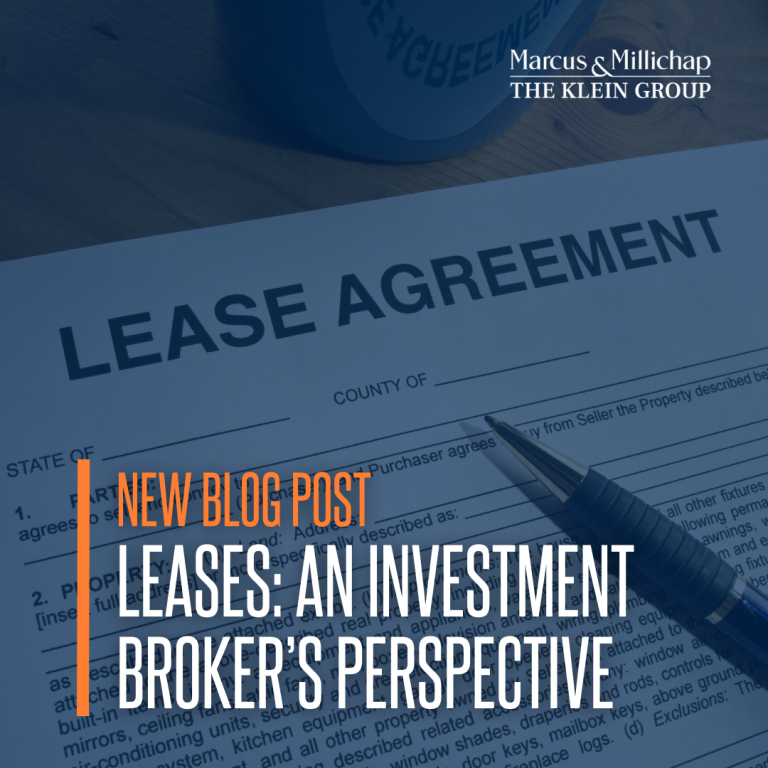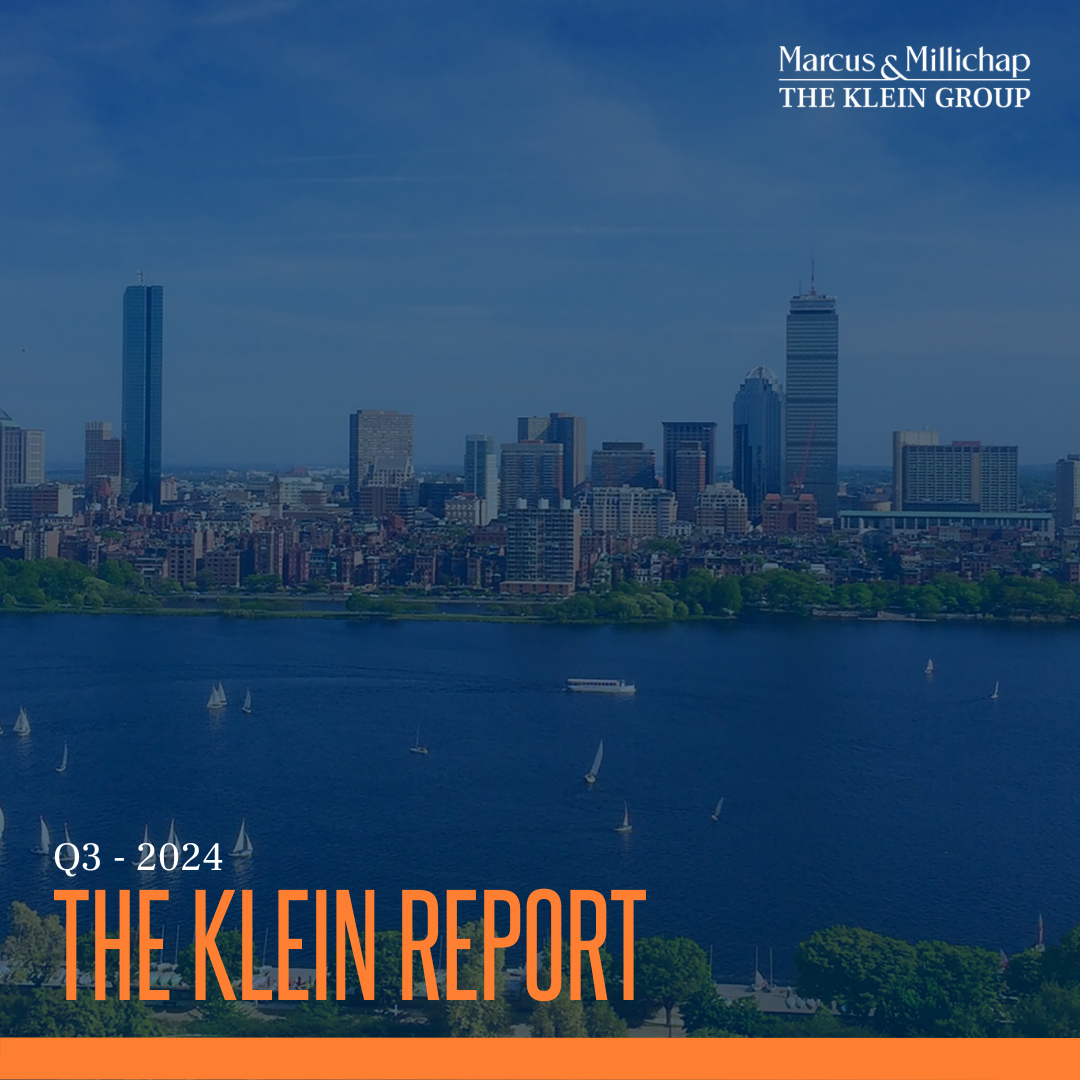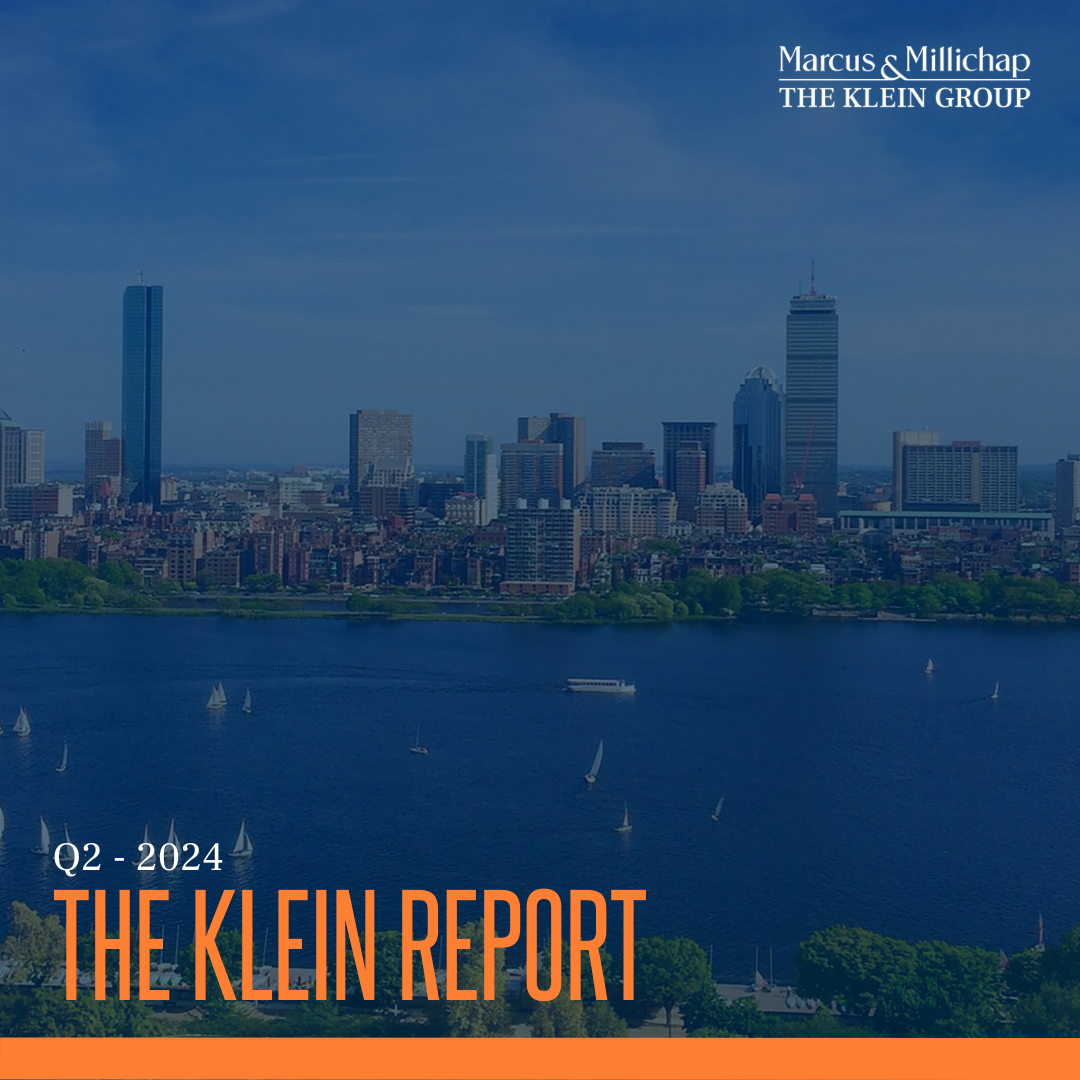Higher rent is better than lower rent. This eternal truth is sometimes the first and last consideration owners make when reviewing leasing options. As investment sales brokers, we recognize the other lease terms that influence the value of the property. Before signing a new lease owners should always consider the impact of that lease not only on the property’s cashflow but also its value. Five factors to review with each lease are:
- Term: How long is the lease? In retail and office, this is simple. The longer, the better. Small spaces often have 2–5-year leases and larger spaces have 5–10-year leases. Industrial rents have been increasing substantially faster than inflation (they’ve doubled in five years). As such, industrial owners will often want shorter leases to allow them to take advantage of higher market rents in the future. Landlords should also be cautious about signing long leases with startups or tenants with uses they might have concerns about. For example, Crossfit gyms, automotive tenants, and mom-and-pop retailers. If the tenant goes bankrupt, the long lease isn’t going to do you any good.
- Optional Terms: Options only benefit the tenant. The rights, but not obligations, to extend the lease provide stability for tenants without locking them into a very long-term lease. Many industrial landlords today are providing optional terms at fair market value, meaning the tenant has a right to extend at the prevailing market rent. Landlords should also consider whether they may want the space back in the future or whether a redevelopment might be advantageous in the future. Unless necessary, we advise clients to limit their options.
- Tenant Credit Quality: Commercial tenants range from Fortune 500 companies to complete startups. So-called “credit tenants” are required to continue paying the rent even if they stop operating at your property. As such, they provide stability and make properties more valuable and easier to finance. Taking a lower rent from a better tenant can often be the right decision.
- Reimbursements: In this high inflation environment, structuring triple net leases is critical for any leases over three years (ideally for all leases). In a triple net lease, the tenant pays a base rent and also their share of all expenses such as real estate taxes, insurance, and snow plowing. Triple net leases insulate landlords from variances in expenses. Insurance in Florida has more than doubled. Real estate taxes can increase 20% + in one year. Locking in a ten-year gross lease puts the landlord on the hook for these expenses.
- Lease Size: Should you chop up your building or lease it to one large tenant? Typically, buildings with fewer tenants command better cap rates when they sell. That said many landlords prefer having multiple tenants as it diversifies risk, reducing the likelihood of a major vacancy. In many situations, smaller tenants will pay higher rent per square foot. General advice is, if you plan on selling look for larger tenants, if holdings consider multiple tenants. Of course, this decision will also be dictated to some degree by what tenants show up.
When leasing a building, you want to consider making the property valuable, maximizing cash flow and minimizing headaches and risk. If a sale might be in the cards during the lease term you should absolutely consult an investment sales broker before signing the lease. Good leases can increase a property’s value from 30% to 300%. Bad leases can make a property unsaleable.
I’m always happy to discuss the impact of a proposed lease on your building’s value.




